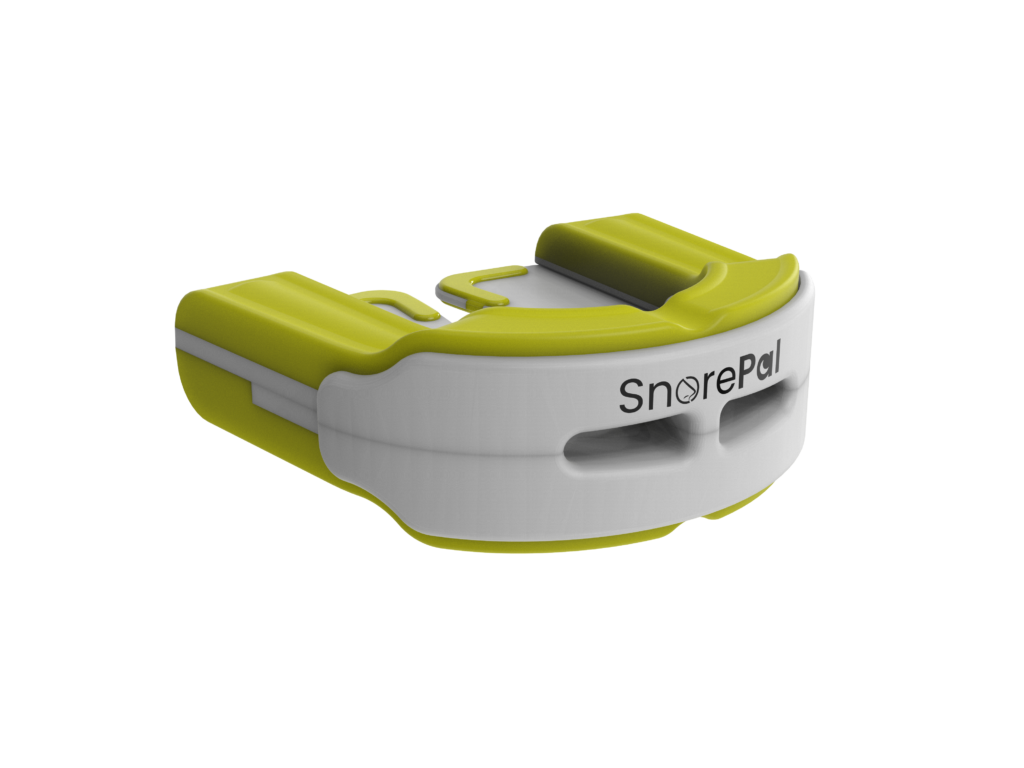Get a Grip on Snoring and Restless Leg Syndrome with a Mouthpiece
Snoring and restless leg syndrome (RLS) can be frustrating and disruptive to both the person experiencing it and their sleeping partner. While there are various treatment options available, one effective solution for both snoring and RLS is the use of a mouthpiece. In this blog post, we will explore the causes of snoring and RLS, the benefits of using a mouthpiece, and provide tips for choosing the right mouthpiece for your needs.
Understanding Snoring
Snoring is a common sleep disorder that affects approximately 90 million adults in the United States alone. It is caused by the narrowing of the airway during sleep, leading to vibrations in the throat tissues and resulting in the loud and often disruptive sound we associate with snoring. Snoring can be caused by a variety of factors, including obesity, nasal congestion, alcohol consumption, and sleep position. It can also be a symptom of a more serious underlying condition, such as sleep apnea.
Understanding Restless Leg Syndrome
RLS is a neurological condition that affects the legs, causing a strong urge to move them. This urge is often accompanied by uncomfortable sensations, such as tingling or crawling, that can only be relieved by moving the legs. RLS can make it difficult to fall asleep and stay asleep, leading to fatigue and other sleep-related issues. The exact cause of RLS is unknown, but it is believed to be related to dopamine levels in the brain and can be worsened by certain medications and medical conditions.
The Benefits of Using a Mouthpiece

Get a Grip on Snoring and Restless Leg Syndrome with a Mouthpiece
While there are various treatment options available for both snoring and RLS, using a mouthpiece is a safe and effective solution that can provide a range of benefits. For snoring, a mouthpiece works by keeping the airway open and preventing the soft tissues in the throat from collapsing and causing vibrations. This not only reduces or eliminates snoring but also improves sleep quality for the snorer and their partner. For RLS, a mouthpiece can help by keeping the jaw in a slightly forward position, which can help to alleviate uncomfortable sensations and reduce the urge to move the legs.
Choosing the Right Mouthpiece
When it comes to choosing a mouthpiece, it is important to consider your specific needs and preferences. There are two main types of mouthpieces used for snoring and RLS: mandibular advancement devices (MADs) and tongue stabilizing devices (TSDs). MADs work by holding the lower jaw in a slightly forward position, while TSDs work by keeping the tongue in place to prevent it from blocking the airway. Both types of mouthpieces are effective, but it is important to consult with a healthcare professional to determine which one is best for you.
Additionally, there are a few other factors to consider when choosing a mouthpiece, such as comfort, adjustability, and maintenance. It is important to find a mouthpiece that is comfortable to wear and can be easily adjusted to fit your mouth. Regular cleaning and maintenance are also crucial to ensure the longevity and effectiveness of the mouthpiece.
In some cases, a custom-made mouthpiece may be recommended for those with severe snoring or RLS. These mouthpieces are created specifically for the individual’s mouth and can provide a more precise fit and better results. They are usually more expensive than over-the-counter options, but may be worth the investment for those with more severe symptoms.
In conclusion, snoring and RLS can greatly impact sleep quality and overall well-being. Using a mouthpiece can be an effective solution for both of these conditions, providing a range of benefits such as reduced or eliminated snoring and improved sleep quality. When choosing a mouthpiece, it is important to consider your individual needs and preferences, consult with a healthcare professional, and properly maintain the mouthpiece for optimal results.
Summary:
Snoring and restless leg syndrome (RLS) can be disruptive to sleep and overall well-being. One effective solution for both conditions is the use of a mouthpiece. Snoring is caused by the narrowing of the airway, while RLS is a neurological condition that causes a strong urge to move the legs. Using a mouthpiece can provide benefits such as reduced snoring and improved sleep quality. There are two main types of mouthpieces, MADs and TSDs, and it is important to consult with a healthcare professional to determine the best option. Comfort, adjustability, and maintenance are important factors to consider when choosing a mouthpiece, and in some cases, a custom-made mouthpiece may be recommended. Proper maintenance and regular cleaning are necessary for optimal results.
